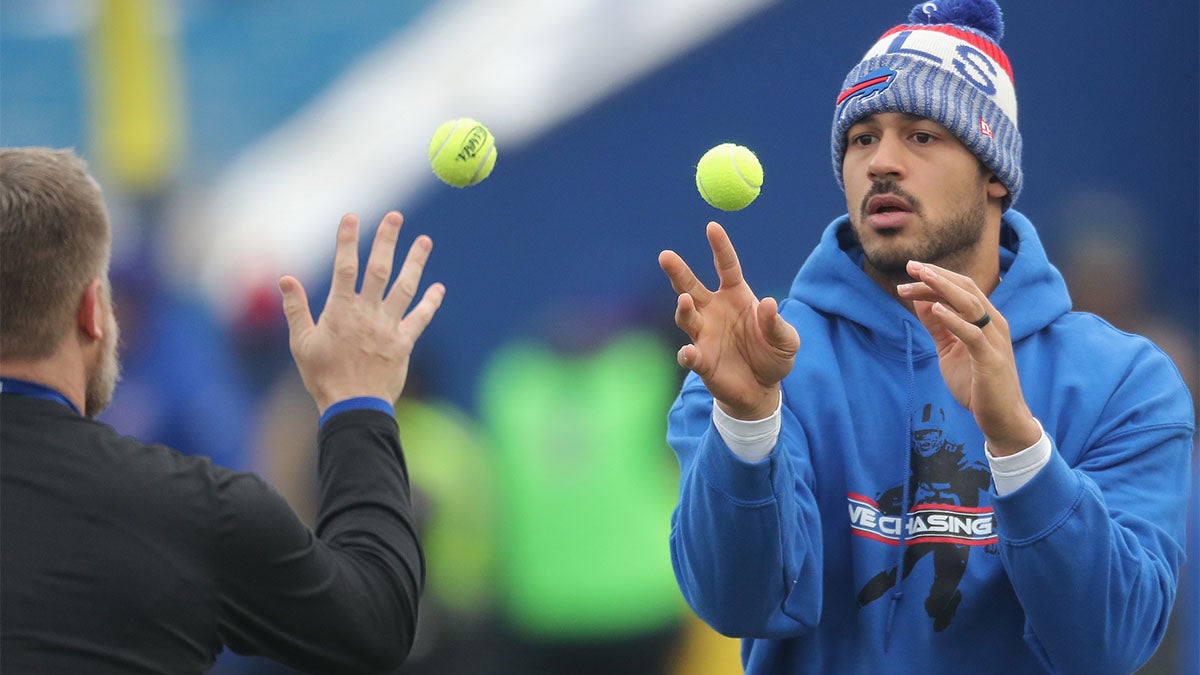Study shows brain changes in football players could be from learned hand-eye coordination skills

What impact do subconcussive hits have on the brain of football players? Are these hits the reason for changed brain activity or is there another reason?
A study from the University of Indiana found the brains of football players may be altered due to brain reorganization that occurs while mastering hand-eye coordinations unique to contact sports and not necessarily due to subconcussive hits.

The study used 21 football players and 19 cross-country runners and scanned their brains using functional MRI. The football players had no prior known history of concussions.
The participants underwent a visual assessment called smooth pursuit. Smooth pursuit is designed to use eye movements to probe brain functioning and has been demonstrated to show reduced performance in concussed patients.
The smooth pursuit task was chosen because it has been demonstrated to reveal reduced performance in concussion patients.
No difference was found in how the two groups performed the tasks. However, the functional MRI results revealed some differences in the brains of football players — though mostly concerning activity occurring in the part of the brain responsible for visual processing.
The report came up with two possible conclusions. The increased cerebellar activity among football players could show they are working harder to compensate for damage to the brain caused by subconcussive hits. The other possibility is athletes in a sport requiring high visual motor skills could have more of the cerebellum devoted to oculomotor task performance, regardless of subconcussive history.
In an article published on the website SportTechie.com, Max Rettig wrote the results could have come from doing these tests on athletes in non-heavy-contact sports that require a great deal of hand-eye coordination instead of cross-country athletes.
Serious brain damage can come from these subconcussive hits, according to Mayo clinic Dr. Anikar Chhabra.
“Likely multiple subconcussive hits can add up to giving a lower threshold for concussions,” Chhabra said. “There is strong evidence to show that long-term brain effects come through contact sports.”
Chhabra said this leads to mood swings and depression in the athletes that undertake them, and those who take place in contact sports are much more likely to suffer from it than those who are involved in sports such as cross-country.
Max Bechtoldt is a senior journalism student at Arizona State University
Related Articles
Baseline concussion testing keeps athletes game ready


